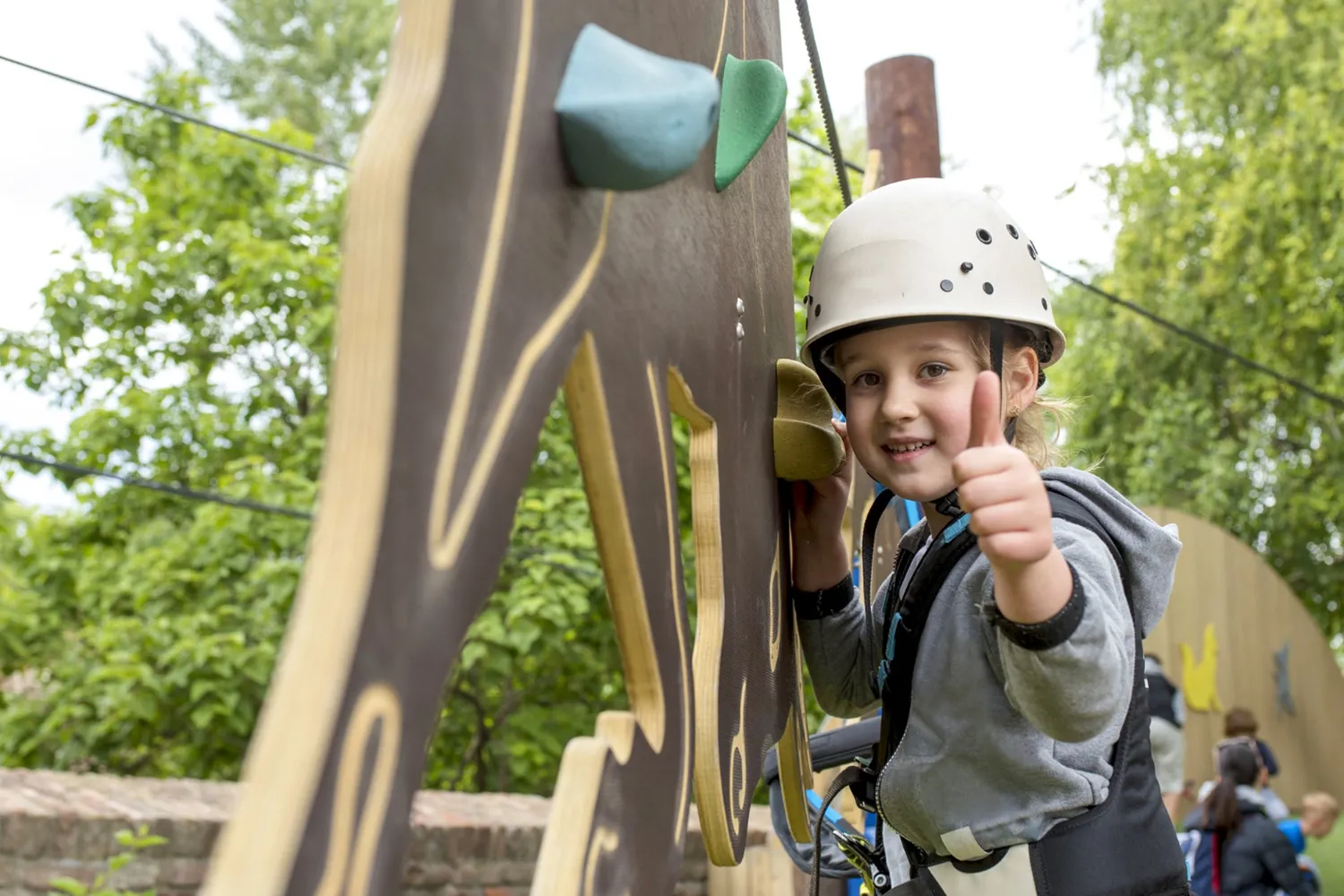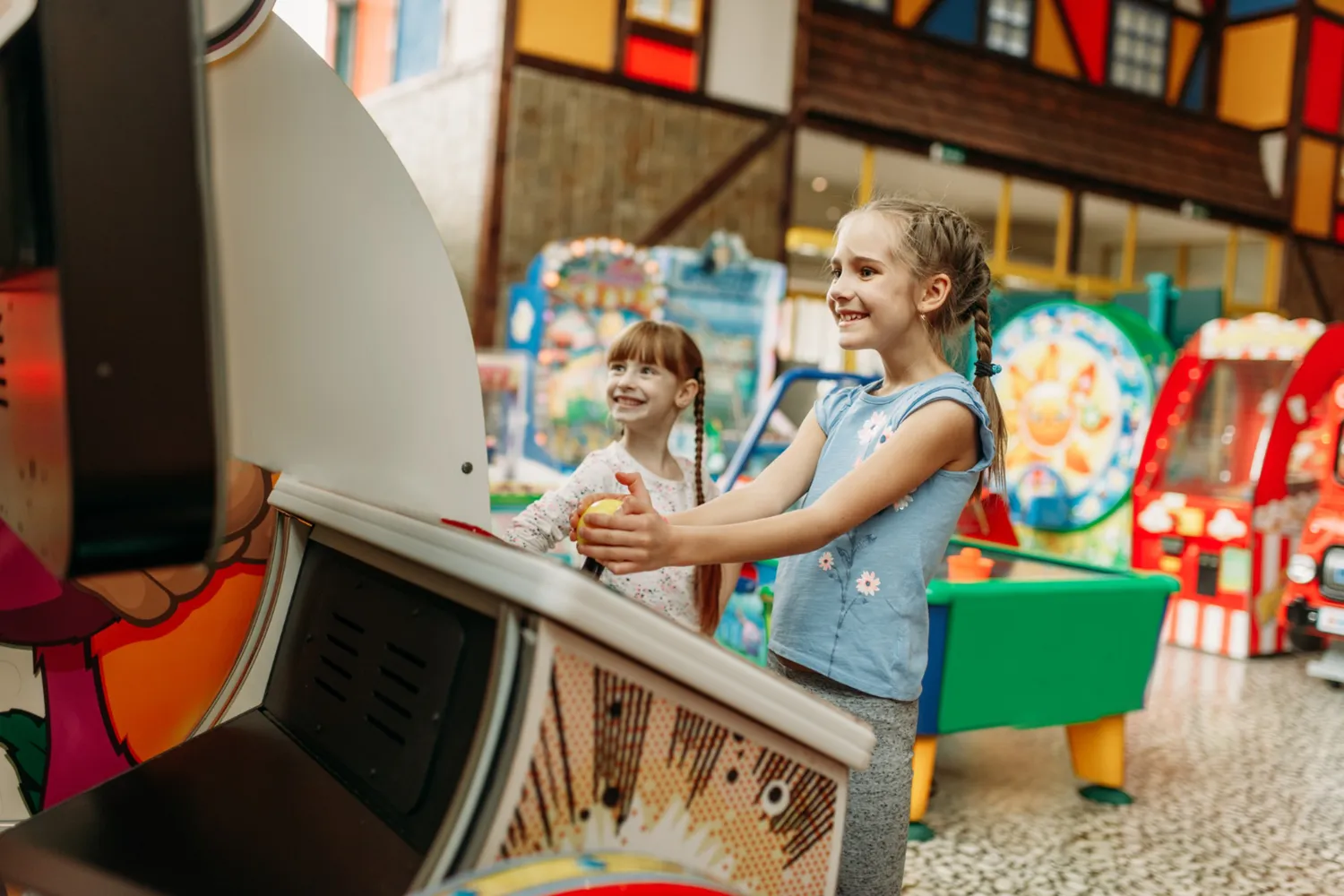Sensory Audit
What is a Sensory Audit?
A Sensory Audit helps organisations and businesses create environments that are more accessible for autistic young people or those with sensory needs. It assesses the sensory stimuli in an environment, such as the likelihood of loud noises from a door slamming or strong smells, and suggests ways to make the space more accessible.


What happens during a Sensory Audit?
The main objective of a Sensory Audit is to create a space that is accessible and where individuals will feel at ease. Nic will work with you to assess the environment, identifying areas and changes that could be made to make a difference. She also provides training and support for staff members.
Sensory Audits assist businesses and organisations in developing environments that are welcoming and accommodating for all individuals, particularly those experiencing sensory processing challenges. Whether in a school, office, or other public spaces, a Sensory Audit provides practical and actionable recommendations aimed at enhancing sensory experiences.
During a Sensory Audit, Nic will work with you to review the environment and assess various factors, including lighting, noise levels, odours, and tactile comfort. This process identifies areas for adjustment to foster greater inclusivity and reduce sensory overwhelm for neurodivergent individuals.
Nic’s approach is straightforward and friendly, focusing on simple changes that can make a big difference. For instance, recommendations may include reducing harsh lighting, minimising distracting sounds, and ensuring comfortable seating arrangements. The primary objective is to create spaces where all individuals can feel at ease.
Learn more about Sensory Audits


